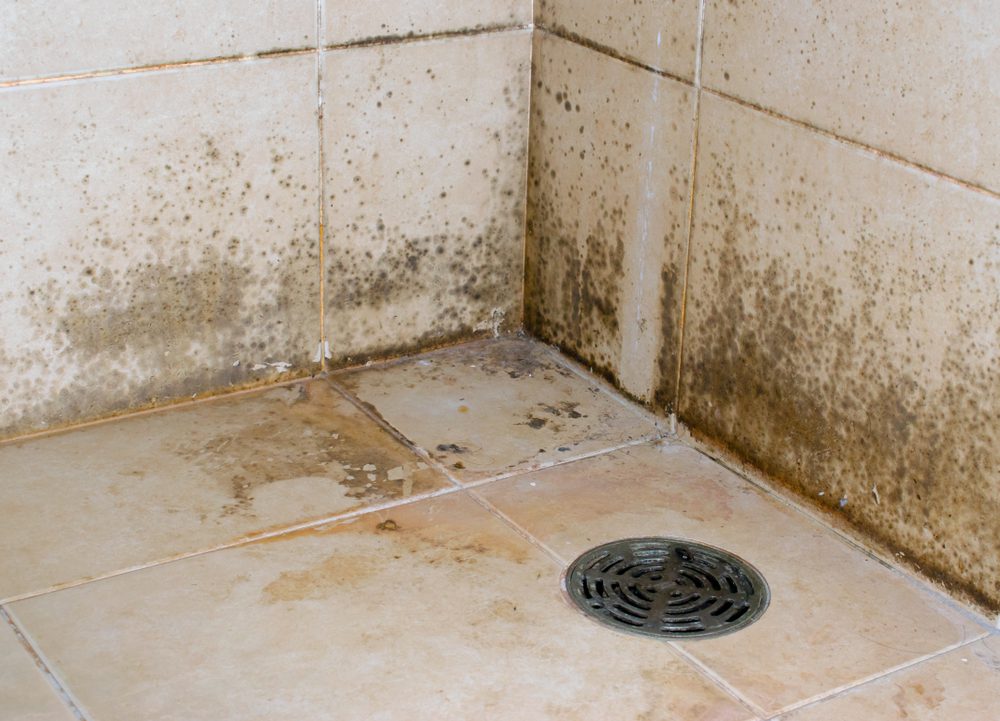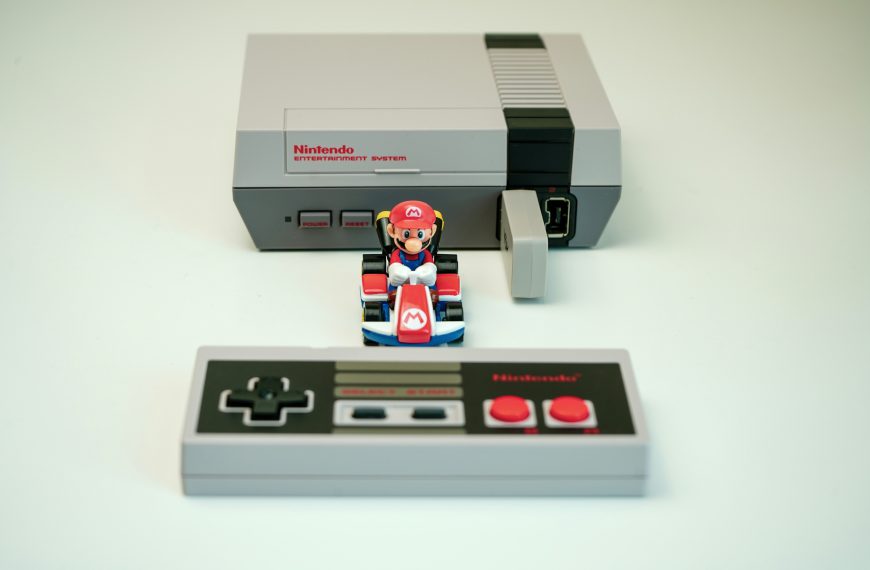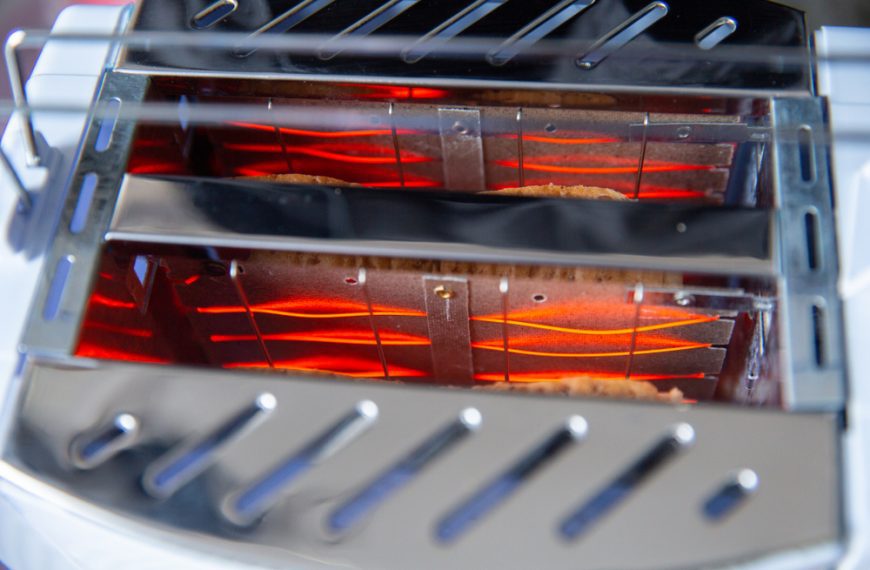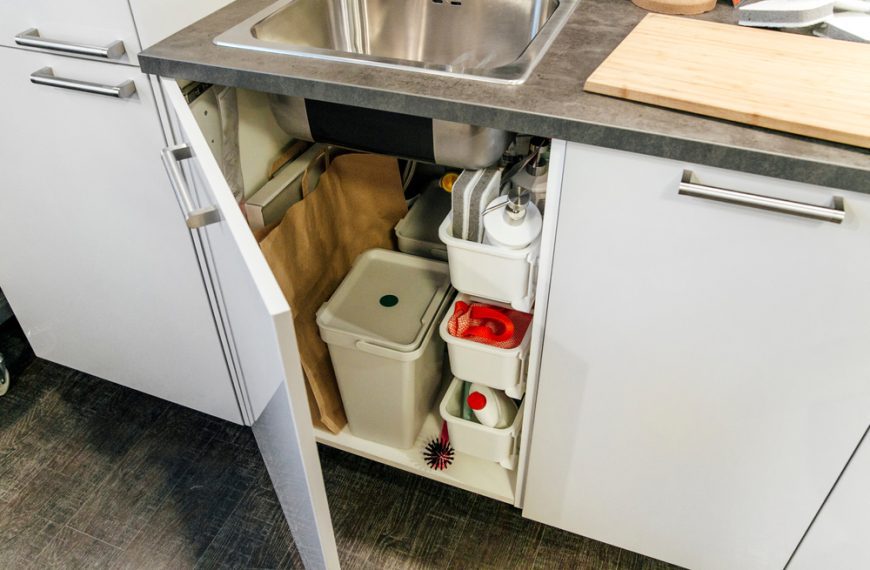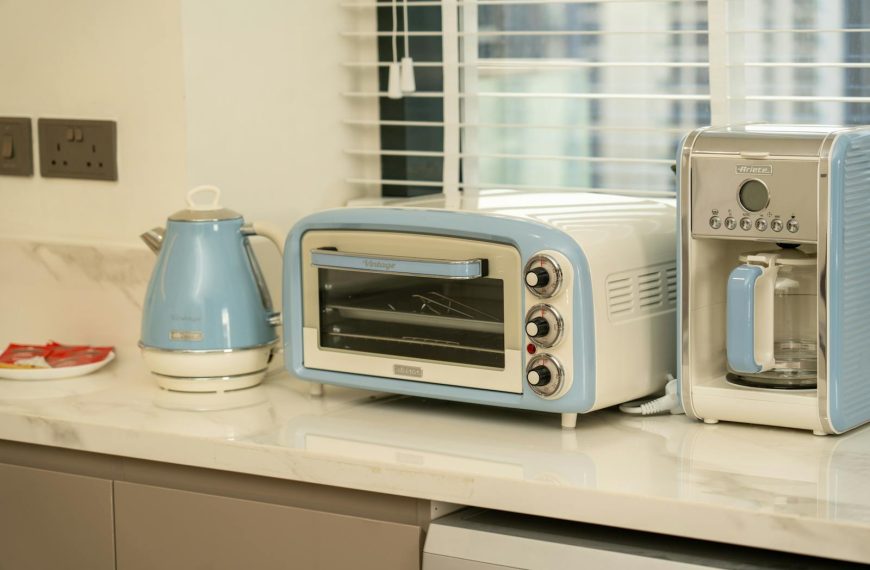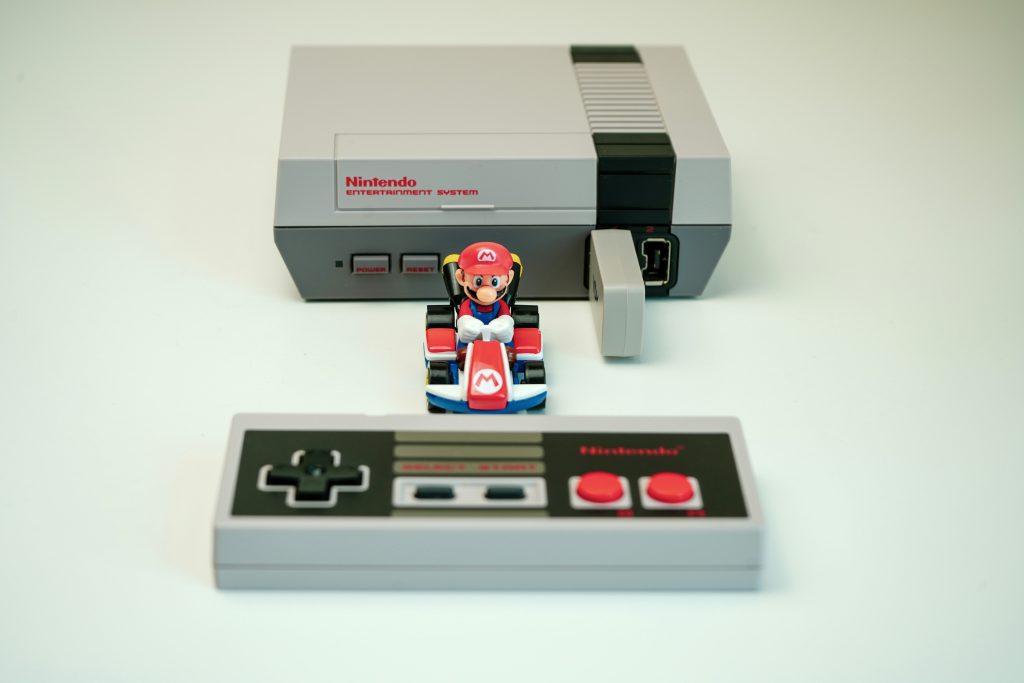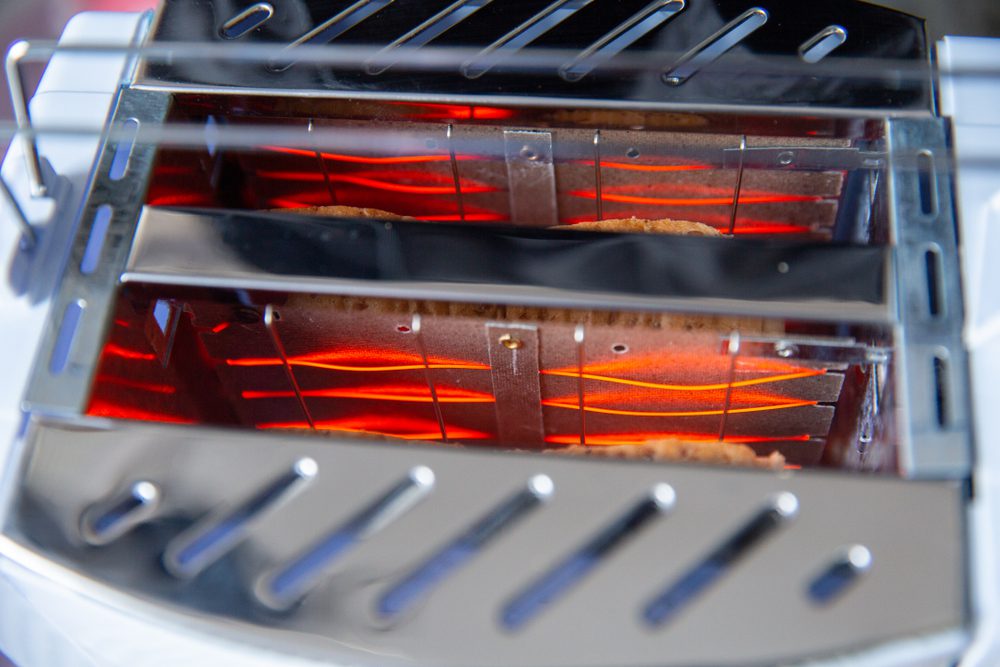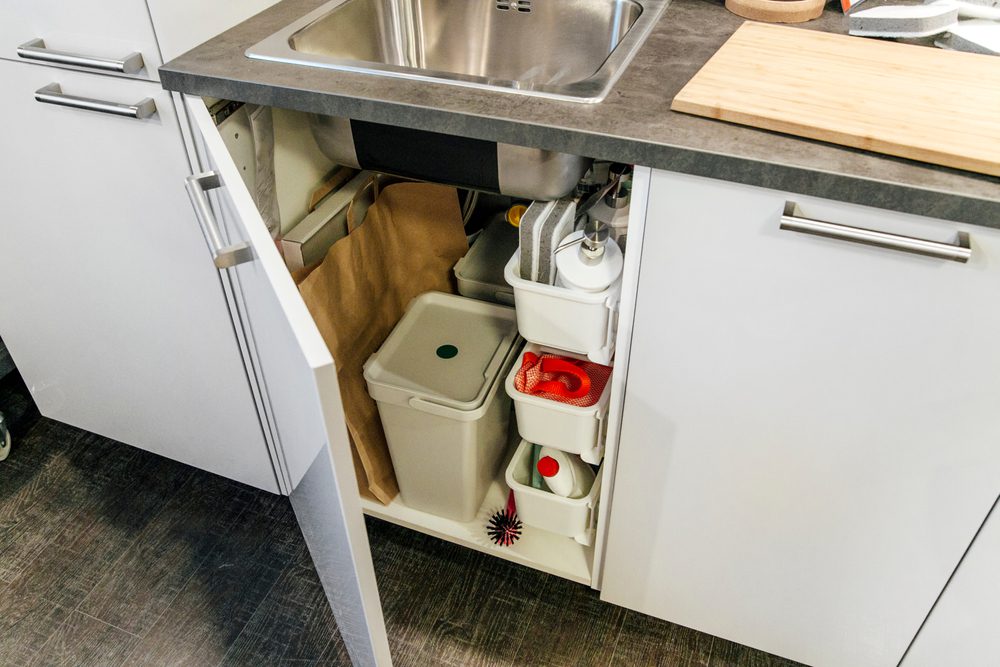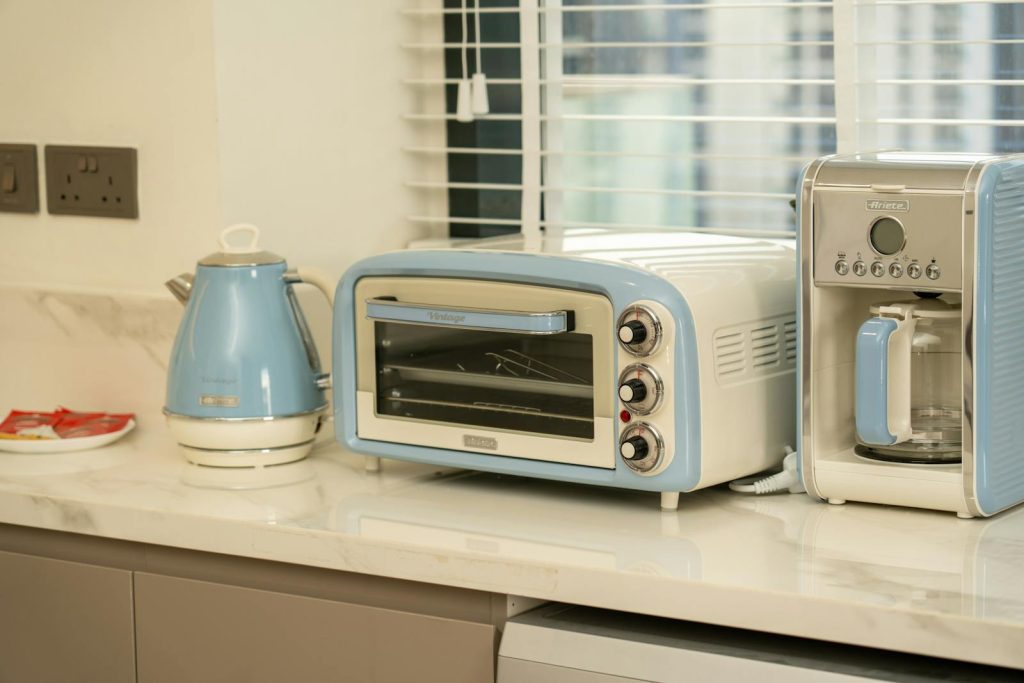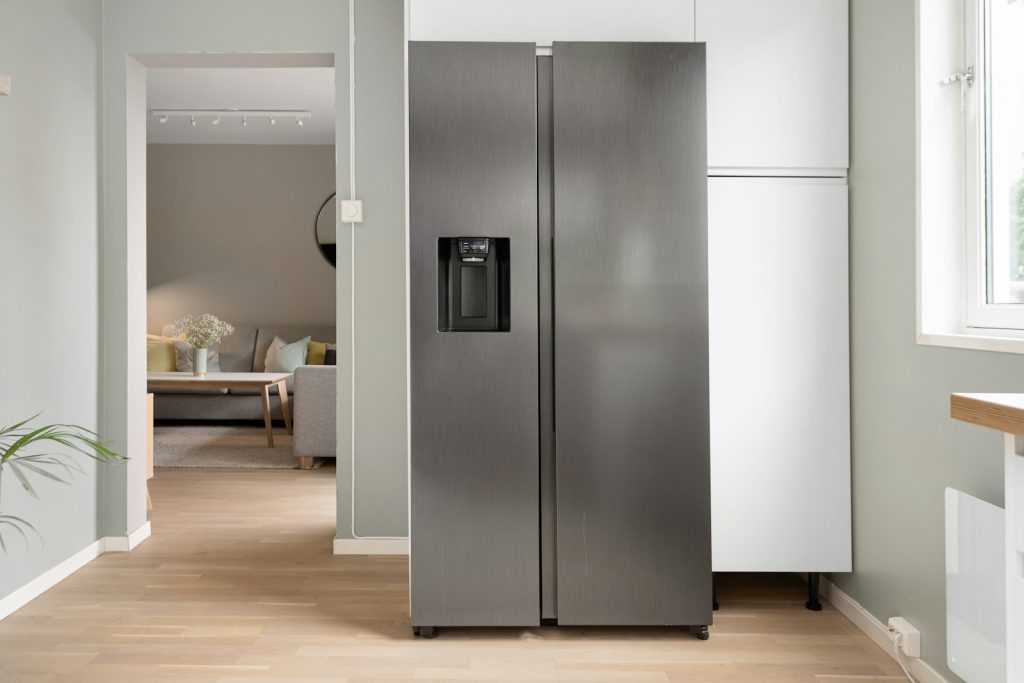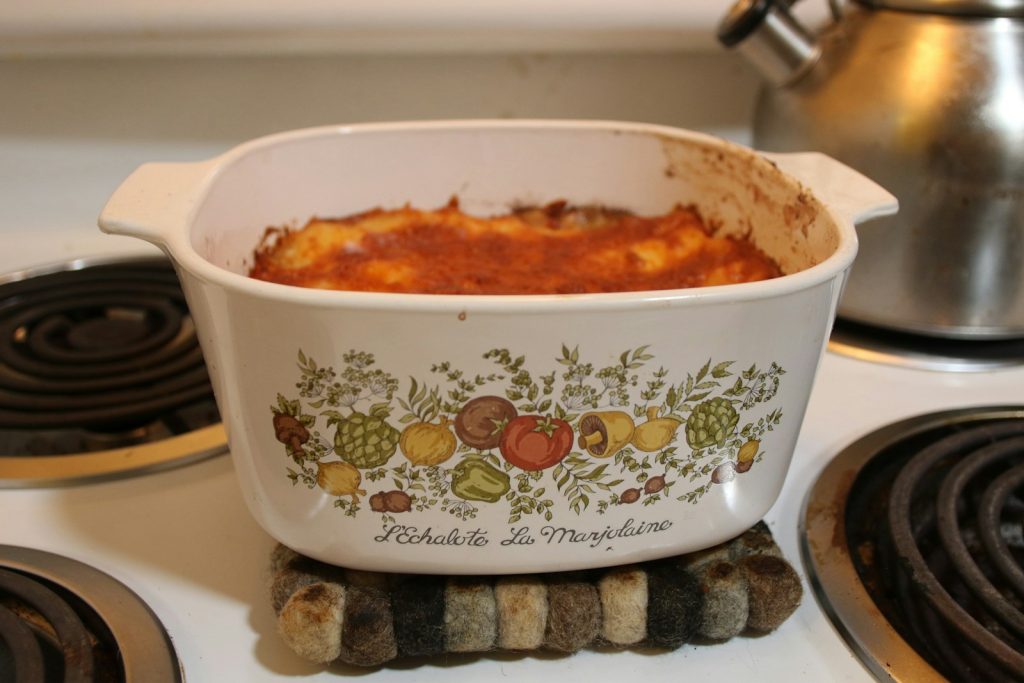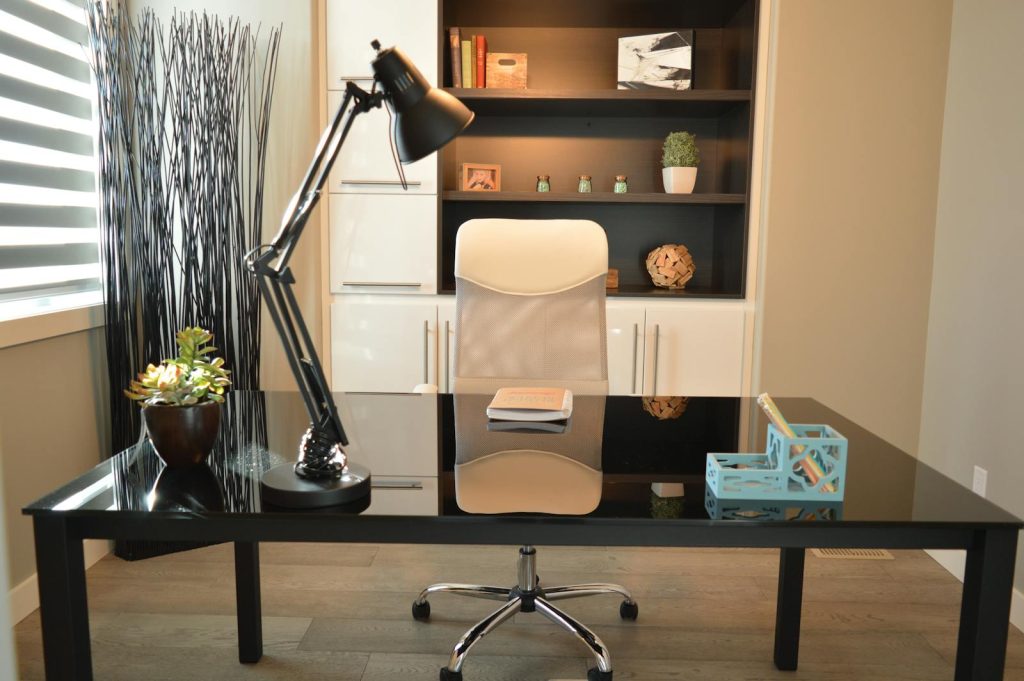There’s nothing charming about the sight of mold and mildew spreading in your otherwise pristinely decorated bathroom. Not only do these unwelcome guests mar the elegance of your carefully curated decor, but they also pose serious health risks. Despite the best of intentions, many homeowners unknowingly create the perfect breeding ground for these fungi through simple, avoidable mistakes.
Compiled from expert opinions and home-owner experiences, this list will guide you through those common errors, helping you maintain a fresh, mold-free bathroom. Let’s dive in and learn how to keep your bathroom as fresh as a daisy.
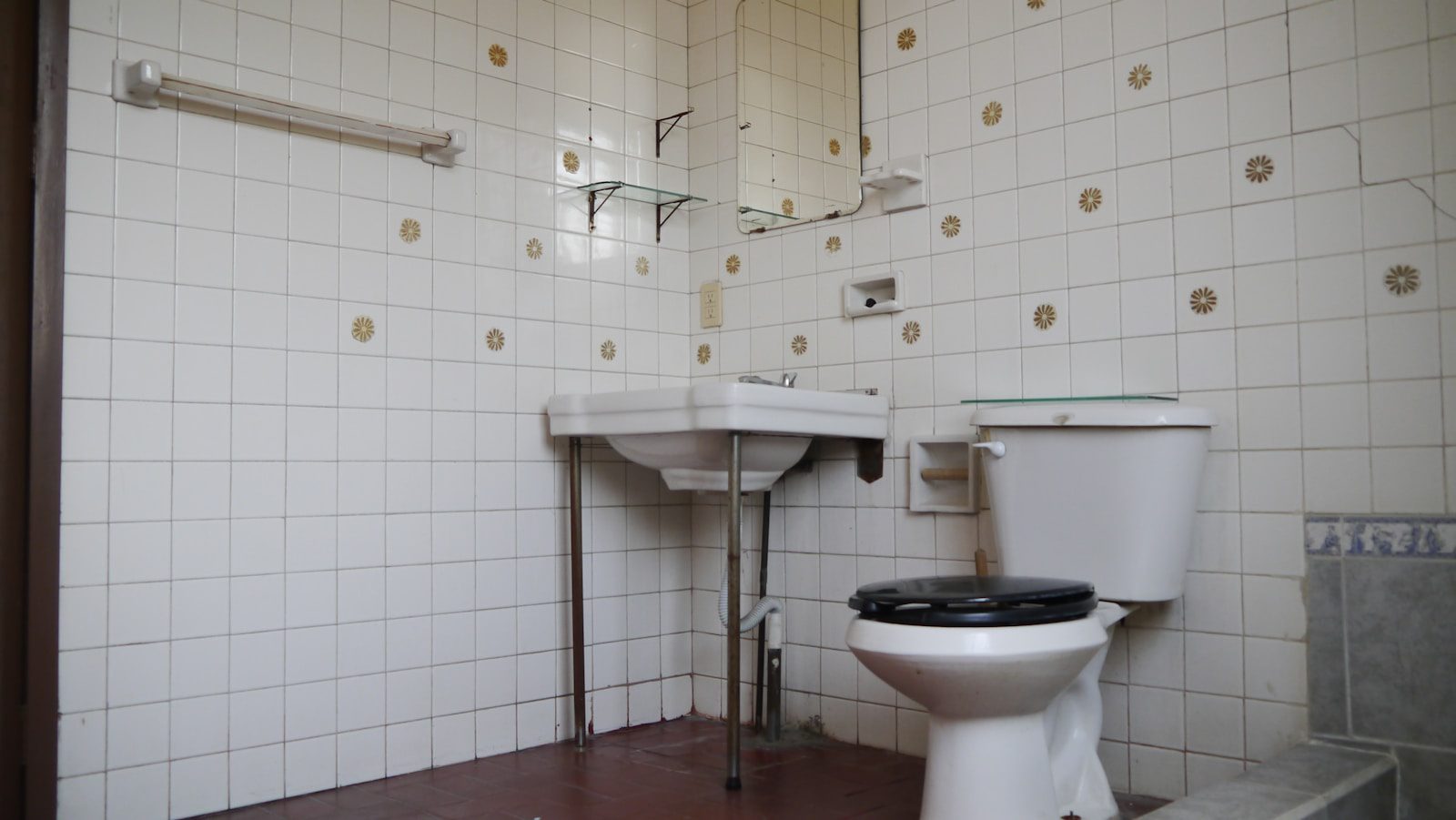
Ignoring Poor Ventilation
One of the biggest culprits behind mold and mildew growth is poor ventilation. Your bathroom, with its frequent use of hot water, naturally becomes a hotbed for humidity. Without proper ventilation, this moisture has nowhere to go and condenses on walls and ceilings, creating the perfect environment for mold.
Invest in a good quality exhaust fan that can effectively remove excess moisture. Make it a habit to keep it running during your shower and for at least 20 minutes afterward. This will ensure all lingering steam is removed, dramatically reducing your chances of mold growth.
Leaving Wet Towels Around
I love the convenience of tossing a used towel over the shower curtain rod or on a hook behind the door, but did you know this could be contributing to your mold problem? Wet towels create an ideal breeding ground for mold spores, especially when left in a heap on the floor.
Instead, spread out wet towels on a towel bar or a heated towel rack to dry thoroughly. Not only will this prolong the life of your towels, but it will also help keep your bathroom mold-free.
Using Carpeted Bathroom Mats
While carpeted bathroom mats might feel cozy underfoot, they’re a veritable feast for mold and mildew. They trap moisture and take a long time to dry out, especially in a bathroom without good ventilation.
Consider swapping out your carpeted mats for ones made of bamboo or teak. These options are not only stylish but also naturally resistant to mold and mildew. Plus, they dry out much faster, preventing any lingering dampness.
Skipping Regular Cleaning
Regular cleaning is essential in a room that’s as frequently used and prone to moisture as your bathroom. Mold and mildew can build up quickly, particularly in grout lines and shower corners, if they’re not regularly cleaned.
Using a mildew-resistant shower spray after each use can go a long way in preventing growth. Additionally, a deep clean of your bathroom at least once a week can stop mold in its tracks before it becomes a problem.
Forgetting to Seal Grout
Tile grout is highly porous, meaning it can easily absorb moisture and become a breeding ground for mold. It’s a common oversight, but failing to seal your grout can lead to significant mold problems down the line.
Sealing your grout after installation and reapplying every year or two can prevent water absorption and subsequent mold growth. It’s a small task that can have a big impact on the health of your bathroom.
Keeping Shower Curtains Closed
While it might seem counterintuitive, keeping your shower curtain closed when not in use can help prevent mold and mildew. When left bunched up, a wet shower curtain is an ideal spot for these unwanted guests to flourish.
By keeping the curtain closed, you allow it to dry properly, preventing the formation of mold. Also, consider investing in a mildew-resistant shower curtain for an extra layer of protection.
Ignoring Leaks
That small, seemingly insignificant leak in your faucet or showerhead may be creating a big problem. Constant moisture from leaks keeps surfaces in your bathroom damp, providing a perfect environment for mold to grow.
Addressing leaks promptly, no matter how small, will not only save you water and money, but also prevent the growth of mold and mildew. It’s an important part of maintaining a healthy bathroom space.
Storing Items in the Shower
Storing shampoo bottles, razors, and bath toys in the shower might be convenient, but it can contribute to your mold problem. These items can trap water and create pockets of humidity, encouraging mold growth.
Consider using a shower caddy to store these items, and make sure to occasionally remove them and give the entire area a thorough cleaning. This simple change can make a big difference in your fight against mold.
In conclusion, preventing mold and mildew in your bathroom often comes down to simple, everyday habits. By addressing these common mistakes, you can maintain a fresh, healthy, and utterly charming bathroom that’s free of unwelcome fungal intruders. Here’s to a brighter, fresher, mold-free future for your bathroom!

